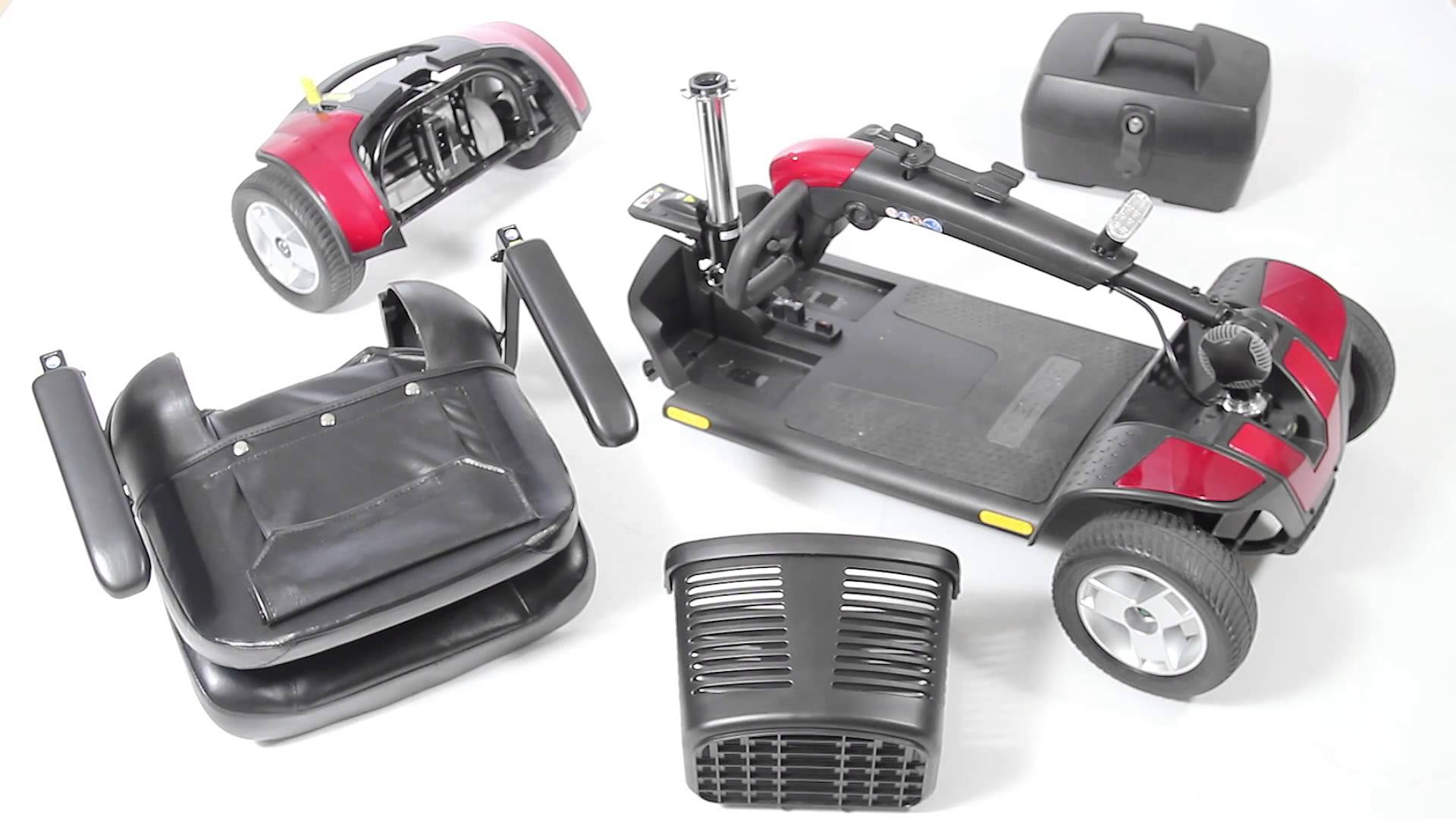Senior Traveller Magazine caters to the discerning older adventurer, offering insightful articles and stunning visuals. This publication delves into the unique needs and desires of seasoned travelers, providing practical advice, inspiring destination features, and captivating stories from the road. We explore the demographic, interests, and communication preferences of this vibrant community, shaping a magazine experience that resonates deeply.
From meticulous target audience analysis to the creation of a visually appealing and accessible design, this guide outlines the essential elements for building a successful senior travel magazine. We delve into core content pillars, ensuring consistent relevance and engagement, and offer a glimpse into the strategic planning involved in creating a captivating publication.
Target Audience Analysis
Understanding the senior traveller demographic is crucial for crafting a magazine that resonates with its readership. This analysis delves into the typical characteristics, interests, and communication preferences of this specific group, culminating in a detailed persona representing the ideal reader.
Demographic Profile of Senior Travellers
Senior travellers, generally defined as individuals aged 65 and older, exhibit a diverse range of characteristics. However, some common threads emerge. A significant portion are retired, possessing ample free time for leisure activities, including travel. Many are financially secure, allowing them to pursue more luxurious or extensive travel options. Educational attainment is often high, reflecting a lifetime of learning and engagement. Health considerations naturally play a role, influencing travel choices and preferences for accessibility and ease of navigation. The demographic also shows a growing trend of solo travel, particularly among women, signifying an increasing independence and self-reliance.
Interests and Travel Preferences of Senior Travellers
Senior travellers are not a monolithic group; their interests vary widely. However, some common preferences emerge. Cultural experiences, including historical sites, museums, and local traditions, consistently rank high. Many prioritize relaxation and rejuvenation, seeking tranquil destinations and spa treatments. Active pursuits like hiking, cycling, or birdwatching are also popular among those with the physical capabilities. The desire for comfortable accommodations and reliable transportation is paramount, emphasizing convenience and ease of travel. Finally, a growing interest in sustainable and responsible travel is apparent, with many seeking eco-friendly options and supporting local communities. For example, a significant number of seniors prefer cruises for their all-inclusive nature and ease of access to various destinations, whereas others opt for smaller group tours that offer personalized experiences and in-depth cultural immersions.
Effective Communication Styles for Engaging Senior Travellers
Effective communication with senior travellers requires a sensitive and respectful approach. Clear and concise language, avoiding jargon or overly technical terms, is essential. Large, legible fonts and well-organized layouts enhance readability. A visually appealing design, incorporating high-quality photography and illustrations, is crucial. Positive and uplifting messaging, focusing on the enriching aspects of travel, is more effective than overly promotional or sales-oriented content. Respecting their life experiences and knowledge is vital; the tone should be informative and engaging, rather than patronizing or condescending. Furthermore, multi-channel communication strategies, encompassing print, digital, and potentially social media platforms (carefully targeted), can reach a wider segment of this audience.
Persona: The Ideal Reader
To effectively target the magazine’s content, we’ve created a persona representing the ideal reader: Meet Eleanor Vance, a 72-year-old retired teacher with a passion for history and culture. Eleanor is financially comfortable and enjoys travelling independently or with a small group of friends. She values comfort and convenience, preferring well-organized tours with minimal physical exertion. She is tech-savvy, using the internet for research and booking, but appreciates a well-designed print magazine for its tactile experience and curated content. She seeks informative and inspiring articles that showcase unique destinations and cultural experiences, emphasizing accessibility and sustainability.
Target Audience Summary Table
| Demographic | Interests | Preferences | Communication Style |
|---|---|---|---|
| 65+, Retired, Financially Secure, High Education, Varied Health Levels | Cultural Experiences, Relaxation, Active Pursuits (depending on fitness), Sustainable Travel | Comfortable Accommodations, Reliable Transportation, Accessible Destinations, Well-Organized Tours, Informative Content | Clear & Concise Language, Legible Fonts, Visually Appealing Design, Positive Messaging, Respectful Tone, Multi-Channel Approach |
Visual Design & Layout
Creating a visually appealing and accessible senior traveller magazine requires careful consideration of several key design elements. The goal is to produce a publication that is both aesthetically pleasing and easy to read and navigate for its target audience. This involves thoughtful choices in typography, colour palettes, imagery, and the strategic use of white space.
Font Choices and Color Palettes
Selecting appropriate fonts and colours is crucial for readability and visual appeal. Legibility is paramount for seniors, many of whom may have decreased visual acuity. Therefore, fonts should be clear, easy to read, and relatively large. Serif fonts like Times New Roman or Garamond, known for their readability, are generally preferred for body text, while sans-serif fonts like Arial or Calibri can be used for headlines and subheadings to provide contrast. The point size for body text should be no smaller than 12 points, ideally closer to 14 points. Color choices should be equally considerate. High contrast between text and background is essential. A dark text on a light background (e.g., black text on a cream or off-white background) is generally recommended. Avoid using overly bright or clashing colours, opting instead for a calming and sophisticated palette. Earthy tones, muted blues and greens, and soft greys often work well.
Readability and Accessibility in Magazine Design
Readability and accessibility are not merely design considerations; they are fundamental requirements for a senior traveller magazine. This involves several strategies. In addition to appropriate font choices and colour contrast, sufficient line spacing (leading) is crucial to avoid cramped text. The use of short paragraphs and clear headings and subheadings breaks up large blocks of text, making it less daunting to read. Furthermore, sufficient white space around text elements is essential to prevent visual clutter. Accessibility for visually impaired readers requires attention to several aspects. This includes providing high contrast, using sufficient font sizes, and ensuring that all images have descriptive alt text for screen readers. The use of clear and concise language, avoiding jargon or overly complex sentence structures, also aids comprehension for all readers.
Effective Use of White Space
White space, the area around text and images, is often overlooked but is vital for creating a clean and uncluttered design. It acts as a visual breathing space, allowing the eye to rest and improving readability. Adequate margins around text blocks, generous spacing between paragraphs, and strategic use of white space around images and other design elements all contribute to a more pleasant and less overwhelming reading experience. This is particularly important for senior readers who may find dense layouts more difficult to process. White space should not be considered empty space; it’s an active design element that enhances the overall visual hierarchy and improves the magazine’s aesthetic appeal.
Mock-up of a Magazine Spread
A two-page spread could feature a large, captivating photograph of a scenic location (e.g., a charming European village) spanning both pages. The photograph would be subtly faded or toned to enhance the overall aesthetic, while retaining clarity. On the left-hand page, a concise headline (e.g., “Discovering the Charm of Tuscany”) would sit prominently above a brief introductory paragraph, leading the reader into the main article. Below this, a smaller secondary image (perhaps a detail shot of a local market) with a short caption would complement the text. On the right-hand page, a related article focusing on travel tips for Tuscany could appear, accompanied by several smaller images showcasing practical aspects of the trip (e.g., maps, local cuisine). A small advertisement for a travel insurance company could be discreetly placed in the bottom corner of the right-hand page. The overall layout emphasizes visual hierarchy, using clear visual cues to guide the reader’s eye through the spread. The colour palette would consist of muted earth tones, complementing the Tuscan theme.
Ensuring Navigability for Users with Visual Impairments
To ensure the magazine is accessible to users with visual impairments, several strategies should be implemented. All images should include detailed alt text descriptions that convey the image’s content and purpose. Headings should use appropriate HTML heading tags (H1-H6) to create a clear structure that screen readers can interpret. Sufficient colour contrast between text and background should be maintained throughout the magazine. A consistent and predictable layout is also crucial to make the magazine easier to navigate. Furthermore, consider including a large-print version of the magazine, either as a separate print edition or as a downloadable PDF. This caters specifically to readers with low vision.
Last Word
Ultimately, Senior Traveller Magazine aims to be more than just a publication; it’s a companion for those embracing the adventure of later-life travel. By understanding the unique needs and preferences of senior travelers, and by employing a visually engaging and accessible design, we aim to create a magazine that not only informs but also inspires and connects. The journey of creating this publication is as rewarding as the adventures it will showcase.




